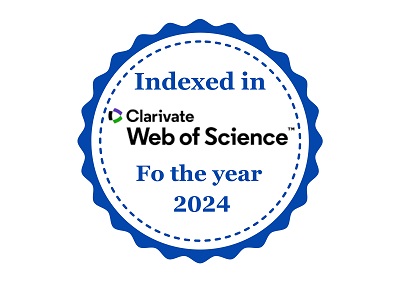Machine Learning Based Night Light Fog Images Enhancement For Underwater Environment
DOI:
https://doi.org/10.61808/jsrt162Keywords:
Guided-filter, fusion method, dehazing, marine, underwater, machine learning, night light fog, air-light, dark channel prior.Abstract
In the present system, dispersion and immersion of light leads to detraction of images. Enhancement of underwater images at different lighting conditions is the challenging research problem, loss of detail and distorted visual information, underwater imaging in low light and fog is quite difficult. Light and water particles interacting makes picture restoration more difficult in these settings, making traditional dehazing methods ineffective. Using state-of-the-art machine learning methods, proposed system offers a dehazing solution tailored to underwater night light fog images. In order to meet the requirements pre-processing is done on the frame which includes gamma correction for denoising of selected input image and then the fusion method is applied which includes white-balance to decrease the greenish effect of underwater images and for images affected by fog at night, Guided-filter is used to improve the brightness and clarity of underwater photographs, proposed method combines a Guided Filter Transmission with pre- and post-processing approaches. Because it is trained on a wide dataset of both actual and simulated underwater foggy images, the system can adjust to numerous levels of haze and learn complicated patterns. The solution obtained in this paper offers better augmentation of structural features and colour fidelity, a video of 5 minutes 53 seconds is considered in this experiment and converted into 10,578 Frames. The sample images of size 480*360 from generated frame are taken then pre-processed using gamma correction and taken as input to gray world algorithm, the graphical representation of balanced RGB color is obtained as a result. The same image is further processed using guided filter algorithm which includes air-light estimation that increases image brightness which is followed by Dark Channel Prior. This research calculates the computational cost of the single image using guided filter transmission and even though more edge preserved, enhanced image can be obtained and it also surpasses current dehazing algorithms in terms of visual clarity and picture quality metrics with less computational i.e. 1.94 seconds and even more clear underwater image is obtained, according to comparative trials. The experimental results were demonstrated in Python with a 4GB RAM. With its innovative underwater image processing capabilities, the suggested system is sure to revolutionise marine research, undersea exploration, and surveillance.











